Road Markings
- 1/33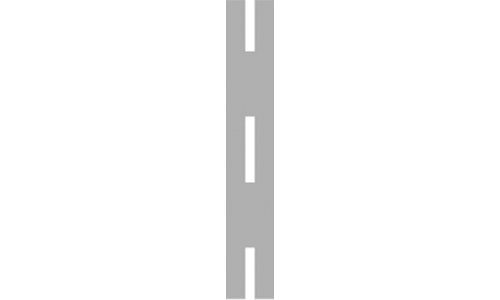
This line allows lane changing when safe. It’s the most common lane divider, guiding vehicles in the same direction without strict restrictions.

These lines strictly prohibit lane changes or crossing. They’re used to separate opposite traffic flows or mark critical no-cross zones.

Overtaking is allowed only for traffic on the side of the dashed line. Crossing from the solid side is prohibited unless necessary.

Indicates a lane boundary or road edge. Crossing is discouraged and usually only allowed in emergencies or designated zones.
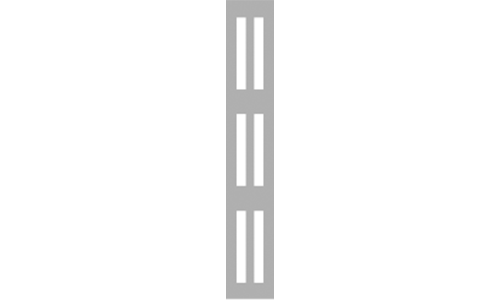
Suggests an upcoming hazard, junction, or area requiring extra caution. Lane changes should be avoided near these markings.

Guides vehicles by marking central separation and side boundaries. Common on narrower two-way roads.

Confirms that only straight travel is permitted in the lane; turning left or right is not allowed.
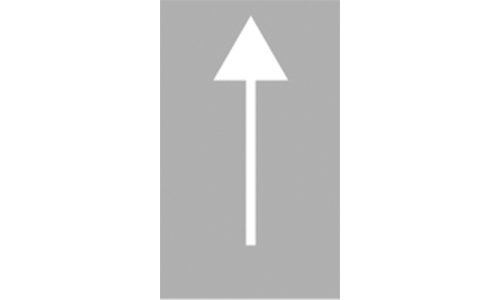
A forward arrow indicates the direction you must follow. Typically used before intersections or exits to guide lane behavior.

Informs drivers that a legal U-turn is permitted at that spot. It helps organize traffic redirection in urban settings.

Identifies the edge of the road. Vehicles should not cross or drive over this line unless pulling over for emergency or roadside stops.
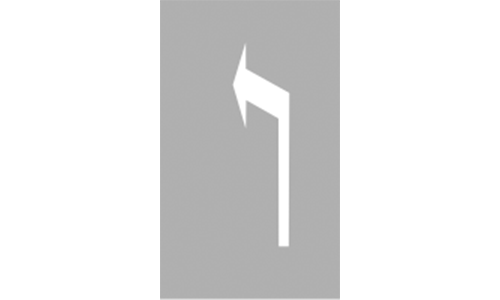
Instructs drivers that the marked lane is reserved solely for left turns. Common before intersections or traffic lights.
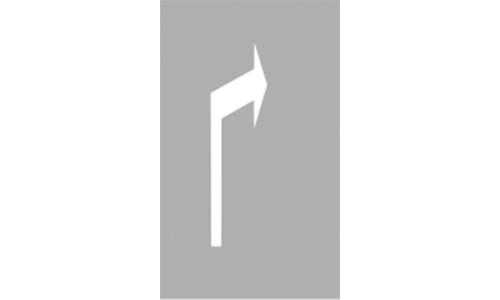
Indicates that the lane must be used only to turn right. Prevents last-minute swerving and ensures smoother traffic flow.

Warns drivers that traffic from the left is merging into their lane. They must prepare to accommodate or adjust speed safely.

Notifies that a lane or road joins in from the right-hand side. Requires cooperation and vigilance from main-lane drivers.
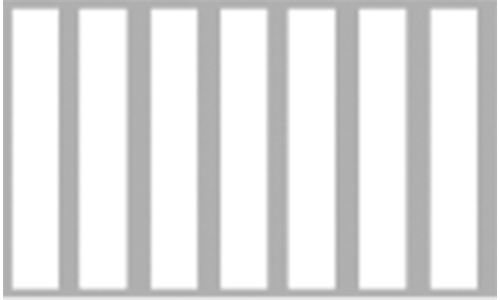
White stripes across the road warn drivers to yield to pedestrians. It is a high-priority safety area where stopping is mandatory if people are crossing.

Shows a pedestrian crosswalk with reinforced boundary markings or built-up section. May include speed bumps to reduce vehicle speed.

Highlights the start of a private or commercial driveway. Vehicles should not obstruct this area, ensuring clear access.
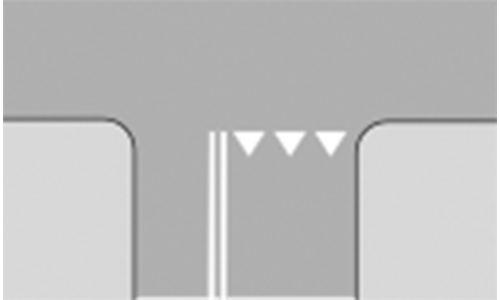
Painted in front of junctions, these indicate that the driver must give way to cross traffic. The size and angle communicate approaching a yield zone.

Often found before intersections or complex junctions, showing where vehicles may stop or yield depending on accompanying signage.
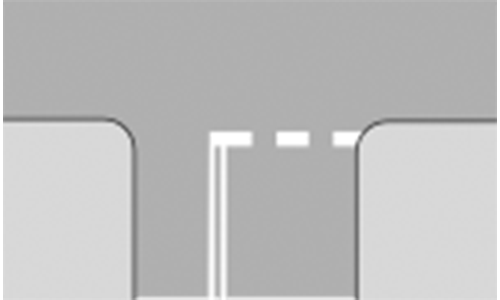
Indicates changes in road width or shoulder status, such as upcoming curb height or exit lanes. Used to inform about road environment transitions.

Signifies a yield line. The driver must give way to all traffic on the main road and may proceed only when the road is clear.

Requires a full halt at the line. The driver must stop completely and proceed only when it’s safe. It’s usually accompanied by a STOP sign.
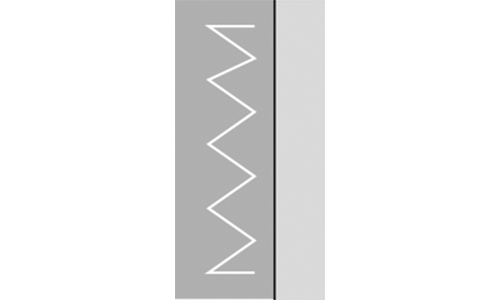
Used near pedestrian crossings to warn of no-stopping zones. Vehicles must not park, wait, or obstruct visibility around these areas.

Designates a reserved stopping area for public transportation. Private vehicles may not use this space.

Marks the separation of a bicycle lane from regular vehicle lanes. Drivers must yield to cyclists and avoid entering this lane.
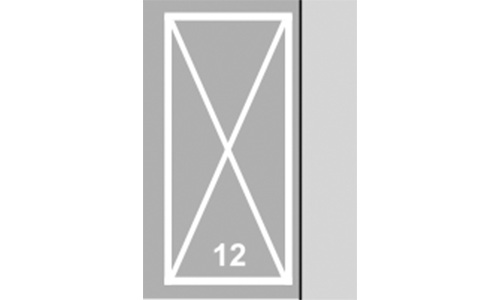
Often marks special parking zones with time or permit limits. Cross design discourages unauthorized usage.

These diagonal markings denote areas vehicles must not enter. Often used near islands, medians, or roadworks.
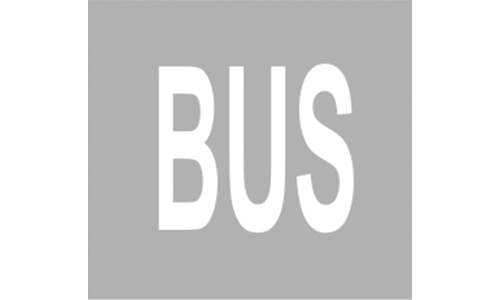
Clearly designates a dedicated bus lane. Only public buses and permitted vehicles (e.g., taxis) may enter.
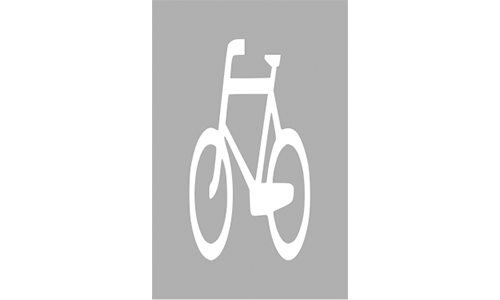
Indicates a dedicated cycle lane where motorized traffic is not allowed. It ensures cyclist safety and smooth urban traffic flow.
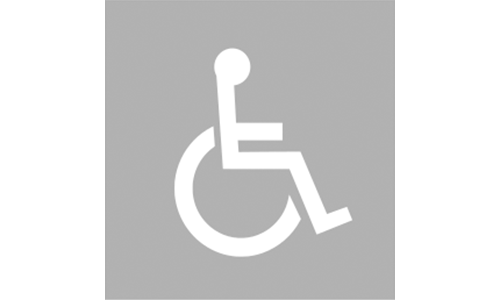
Marks a reserved parking space for disabled drivers. This is legally enforced and monitored closely by authorities.
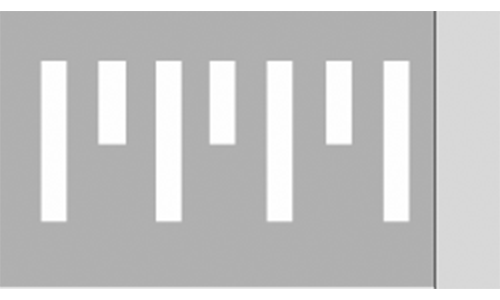
May indicate raised bumps or textured surfaces. Used to slow down vehicles, often near schools or sharp curves.
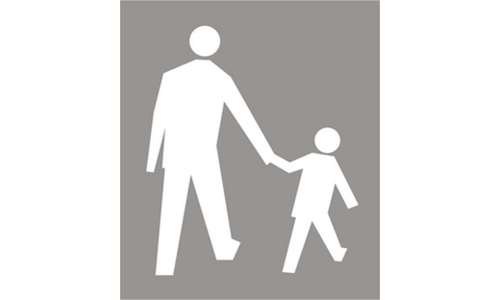
Denotes pedestrian-priority areas. Vehicles must either reduce speed significantly or avoid entering altogether unless otherwise allowed.
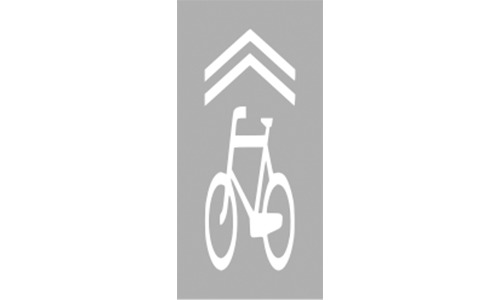
Alerts drivers that bicycles share the lane with motor vehicles. Drivers must be cautious and give sufficient passing space.

